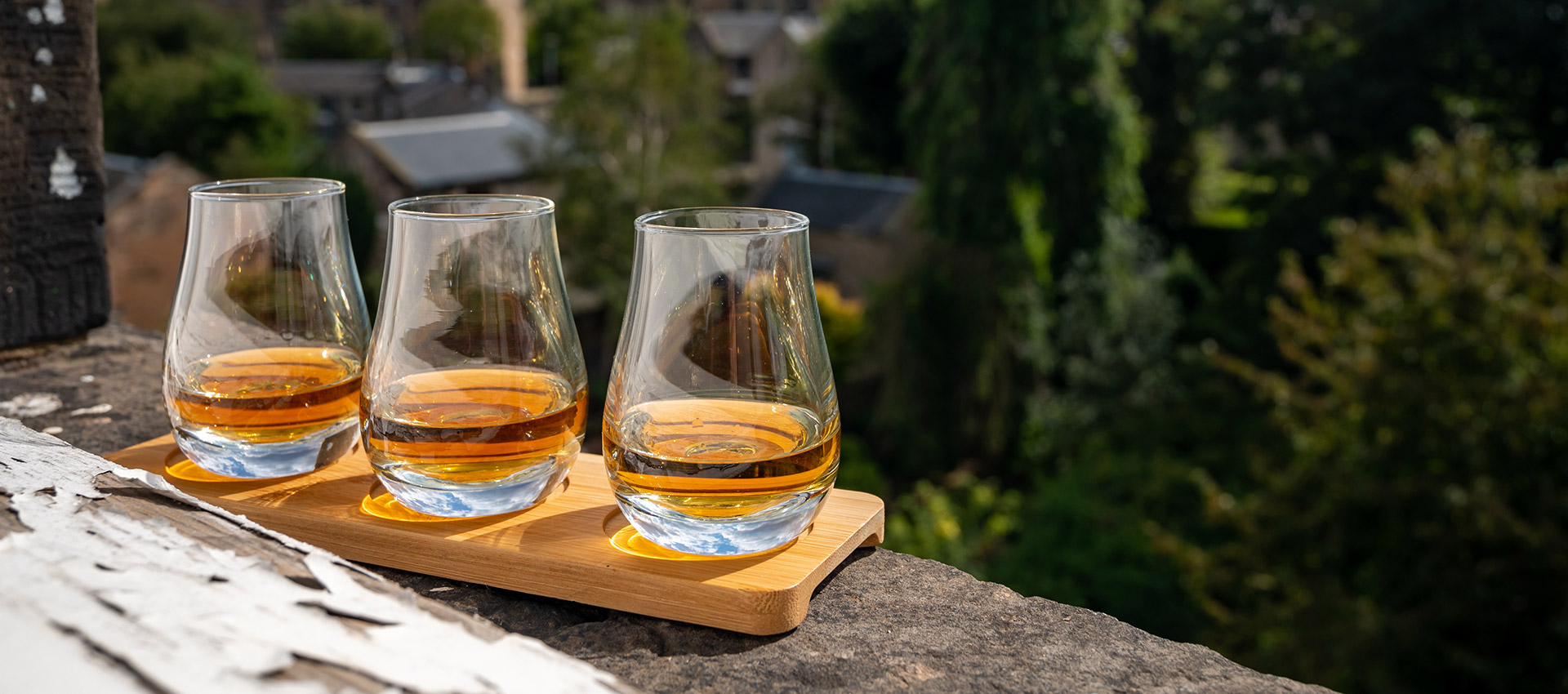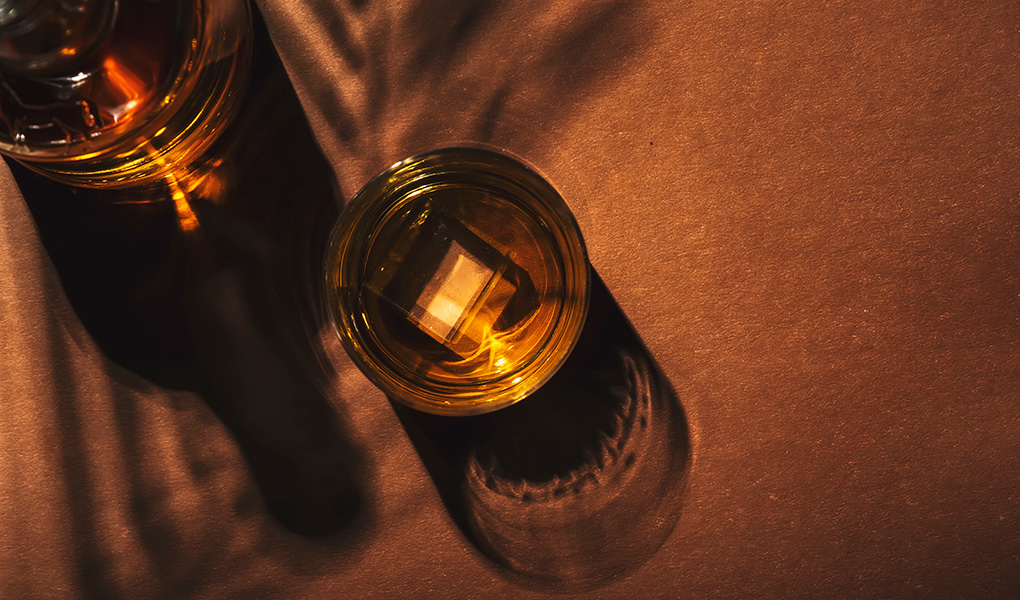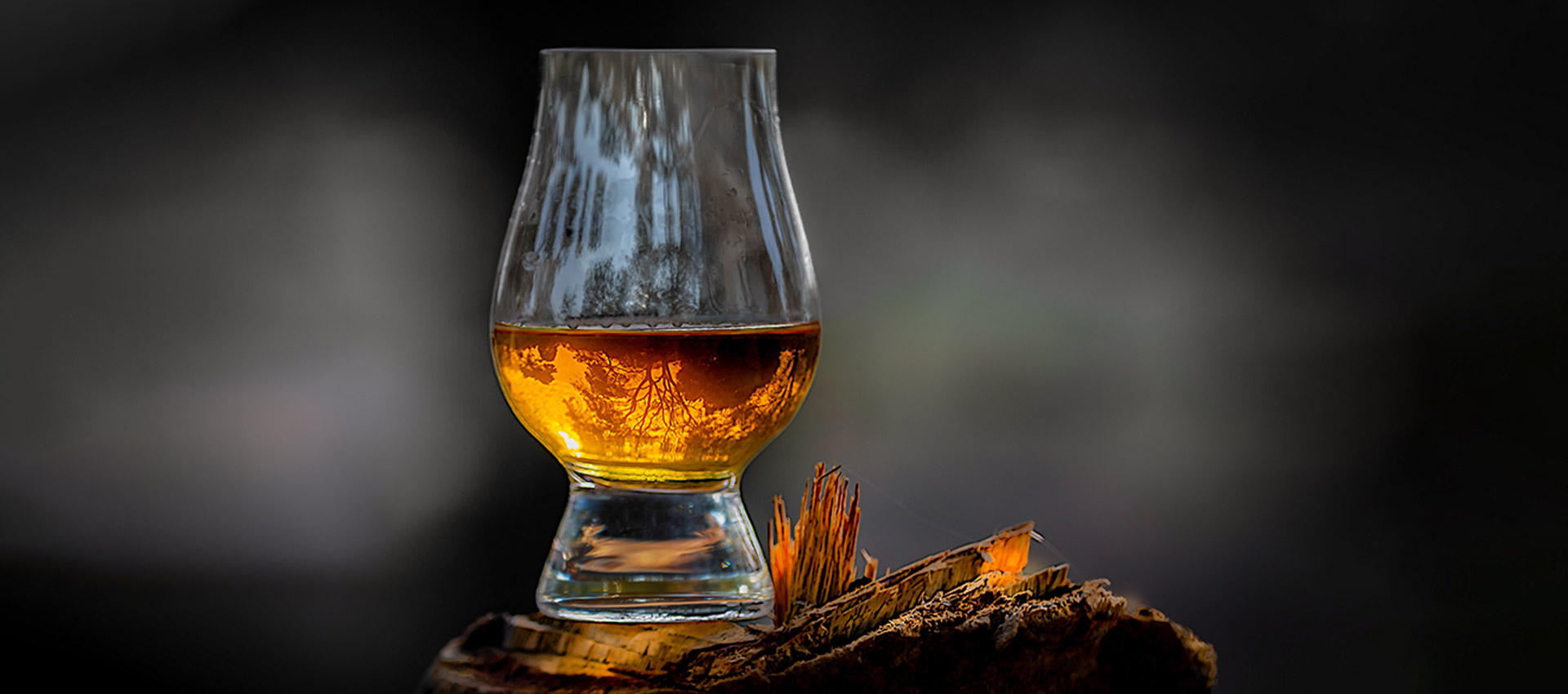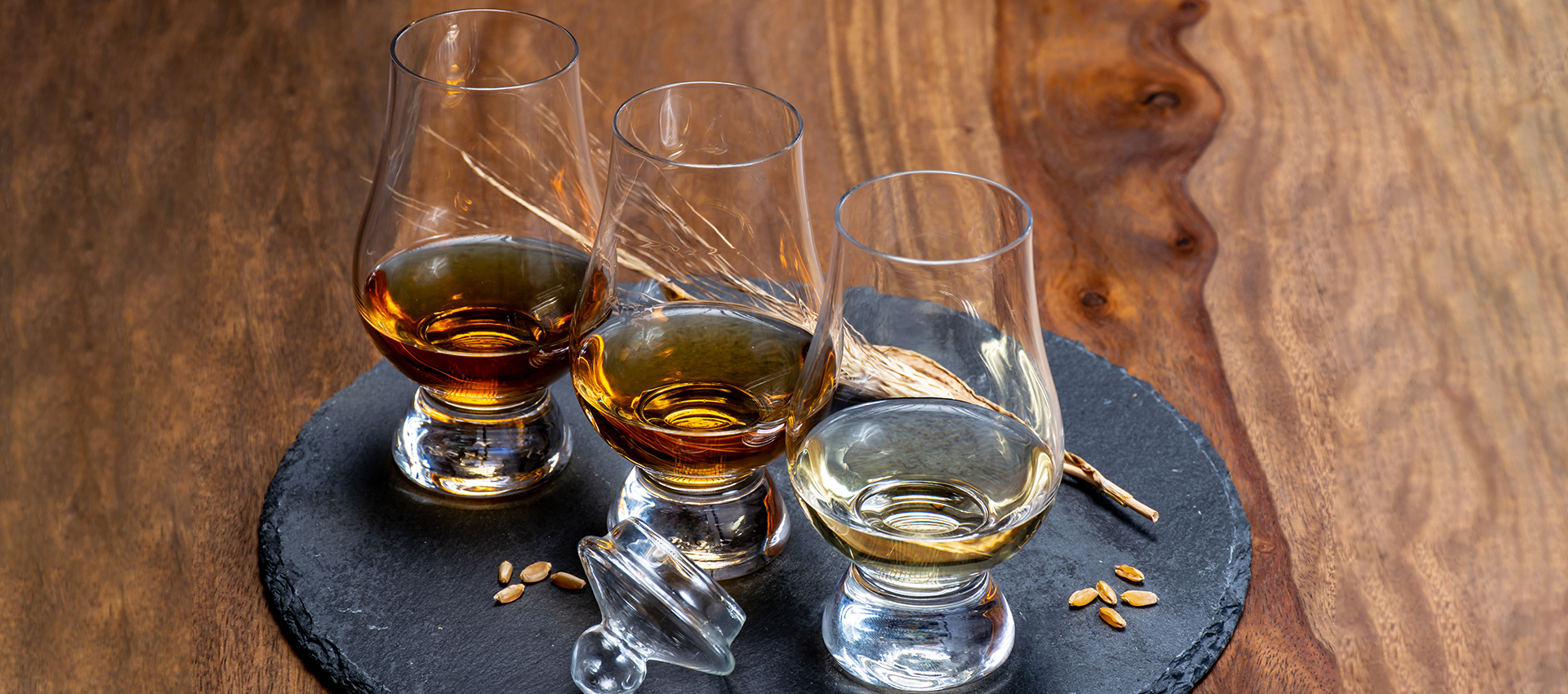DISTILLERY
Each distillery produces a unique style of whisky influenced by several environmental factors. Alongside the geographic location of a distillery, the weather, water source quality, and equipment used all impact the flavour of whisky.
GRAIN RECIPE
Whisky is made from a variety of cereal grains such as malted barley, rye, wheat, and corn. The grain recipe determines the flavour of whisky, as the malting process produces phenolic compounds that contribute to its unique taste.
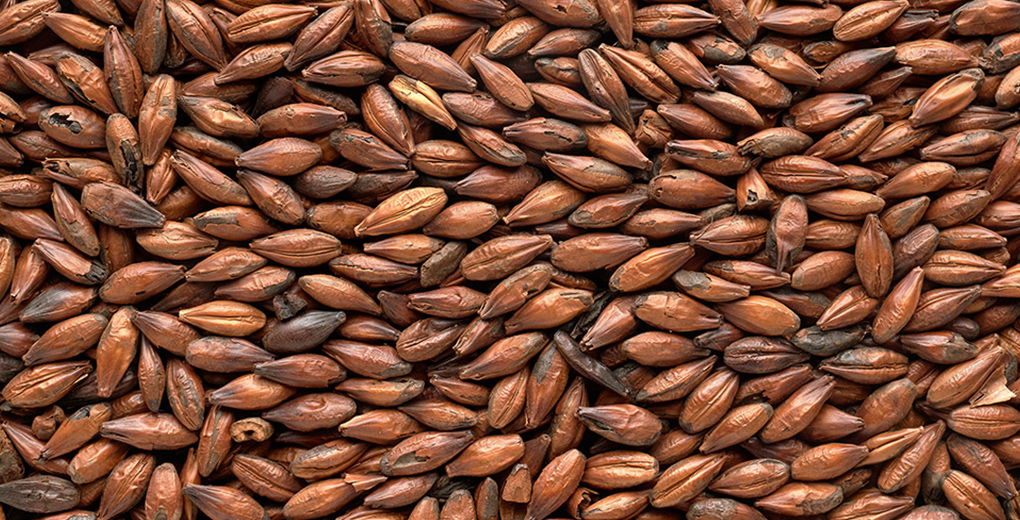
YEAST TYPES
Yeast is used during the fermentation process, which contributes to the development of spirit flavour and aroma. Distilleries use different yeast strains to improve production and flavour quality.
USE OF PEAT
The use of peat (a type of fossil fuel) to dry malted barley during the malting process imparts a smoky and peaty flavour in whisky.
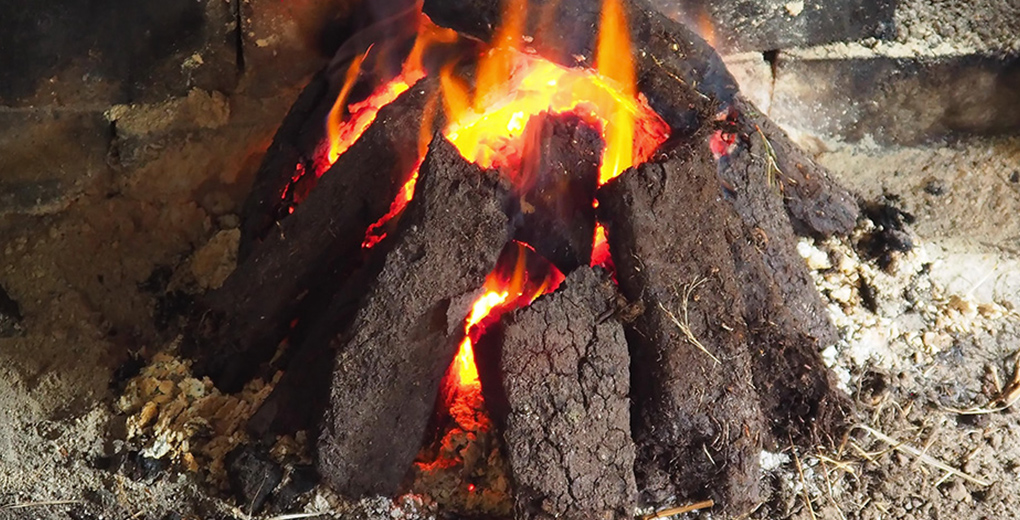
DISTILLATION
Distillation process helps to purify the spirit by removing congeners. The number of times the spirit is distilled affects copper solubility and hence adds character to whisky.
SIZE OF COPPER STILLS
Copper** extracts unpalatable sulphuric compounds during the distilling process. Thus, whisky distilled in a taller nd narrower copper still will produce lighter and fruitier notes than a whisky distilled in wider and shorter copper stills, as the metal gets more contact with the distillate.

MATURATION IN OAK CASKS
Oak casks play a crucial role in the maturation of whisky, giving it those distinct flavours and aromas. American oak cask contains vanillin, which adds creamy, coconut notes to whisky, while European oak cask imparts woody, spicy notes. Scotch distilleries mainly use oak casks that have already aged other spirits, such as bourbon or sherry, which creates new flavour and complexity in whisky.


